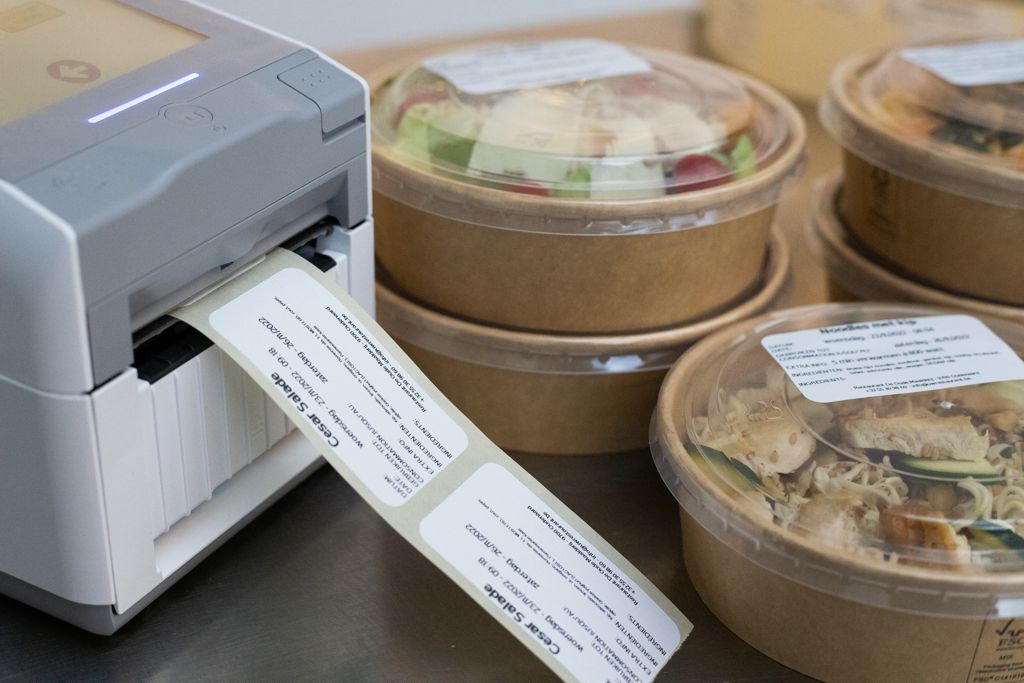If you’re running a business in the UK, chances are you’ll need to register for VAT at some point. Whether you’ve just hit the threshold or you’re planning ahead, this article will explain the process step by step—without the jargon.
Do You Need to Register for VAT?
Not every business has to register. You must sign up for VAT if your taxable turnover is above £90,000 (as of 2025). But even if you’re below that, you can voluntarily register, which can be handy for reclaiming VAT on business expenses.
How to Register for VAT in 2025
- Check Your Turnover
Before jumping in, make sure you’ve crossed (or are about to cross) the £90,000 threshold in any 12-month period. Don’t just look at your financial year. HMRC checks rolling months; keep an eye on your numbers.
- Gather Your Details
You’ll need:
- Your business’s legal structure (sole trader, limited company, etc.)
- Your Unique Taxpayer Reference (UTR)
- Business bank account details
- Turnover figures
- Register Online The easiest way is through HMRC’s online portal. Head to the GOV.UK VAT registration page, fill in the form and submit. If you’re not tech-savvy, you can also register by post, but online is faster (usually takes 1-2 weeks).
- Choose Your VAT Scheme
Not all VAT schemes are the same. The standard one means you charge VAT on sales and reclaim it on purchases. But there are alternatives:
- Flat Rate Scheme – Simpler, but you pay a fixed rate.
- Cash Accounting Scheme – Pay VAT only when customers pay you.
- Annual Accounting Scheme – File one return a year instead of quarterly.
Pick the one that suits your cash flow.
- Wait for Your VAT Certificate
Once approved, HMRC will send you a VAT registration certificate with your VAT number. This usually arrives within 14 days (sometimes sooner). Don’t start charging VAT until you get this. It’s illegal to do so without a number.
- Start Charging VAT
Now add VAT (20% standard rate) to your invoices and keep proper records. You’ll also need to file VAT returns (usually every 3 months) through your online HMRC account.
What If You Miss the Deadline?
HMRC doesn’t take late registration lightly. If you go over the threshold and don’t register on time, you could face penalties. Don’t put it off.
Final Tips
- Keep digital records – Making Tax Digital (MTD) rules mean you’ll need compatible software.
- Set reminders for VAT return deadlines—missing them costs money.
- Consider an accountant if VAT feels overwhelming.
Conclusion
Registering for VAT doesn’t have to be a headache. Follow these steps and stay organised.














